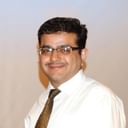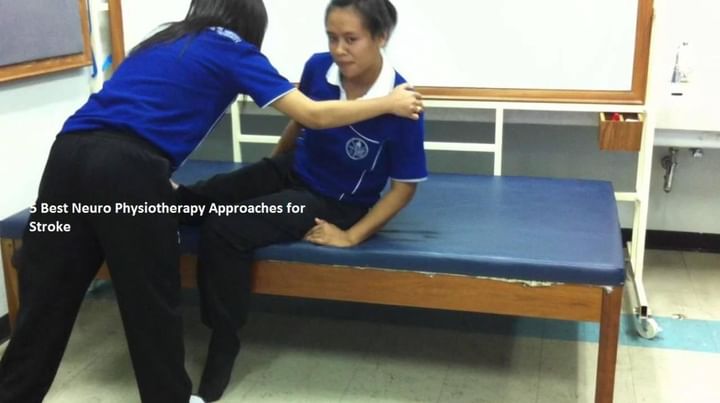5 Best Neuro Physiotherapy Approaches for Stroke
We all know about it. In simple words, we can say damage to the brain from interruption of its blood supply. It’s also called CVA: cerebro vascularaccident. Now just have a simple look or idea about the patient’s structure means his look so that he can recognize about that. Firstly side of the face drops or feels numb with speech difficulties as face involves in it, then muscles weakness on one side of the body.
There are three types of stroke:
1 Ischemic strokes
2 Hemorrhagic strokes
3 Transient ischemic attacks (TIAs)
BUT there is also something that we should know:-
There are two types of patients, first those patients with both flexor and extensor spasticity; but predominant extensor hyper tonus of the leg, i.e.excessive co-contraction.
They can stand and take some weight for a moment.Other patients with more moderate degrees of spasticity and little co-contraction can walk and move the weight free leg.Both types of patients have balance problem, the first because of lack of mobility and the other due to lack of stability.
NOTE: If left brain involved then right side affected and if right brain involved then left side.
TREATMENT FOR STROKE
Before start treatment one should know about the following things.
They are:·
Check the muscle first either it’s flaccid or spastic.
Sensory part involvement is there or not.
Joints involved.
Check the reflexes
PHYSIOTHERAPY APPROACHES:
Bo bath: This is based in normal movement or Neuro -development approach.The main aim is to prevent abnormal movement and adverse plastic adaptations and to facilitate normal movement and subsequent plastic changes.
Brunstorn: He makes use of abnormal synergies and incorporate them into functional activities.
Motor relearning program: This training of motor control is based on an understanding of kinematics and kinetics of normal movement, motor control process and motor learning.
Proprioceptive neuromuscular facilitation (PNF): To maximize sensory stimuli on the pool of AHC in order to stimulate purposeful muscle contraction.
Roods: This was mainly done to achieve purposeful muscular contraction by stimulating the skin through facilitating strokes on the skin. The combination of treatment used differs from patient to patient.



+1.svg)
